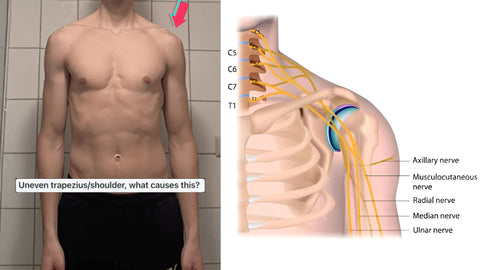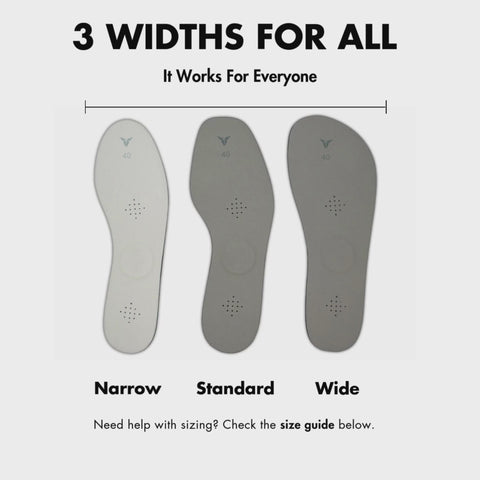The Hidden Shoulder Problem That’s Quietly Stealing Your Strength
Have you ever looked in the mirror and noticed that one of your shoulders sits lower than the other?
Have you ever felt like one arm pushes less in the gym, or that one side of your body just feels off?
If so, you’re not alone. And more importantly, you’re not imagining it.
That lower shoulder isn’t just a minor imbalance. It’s doing real damage to your strength, posture, and long-term movement. It’s also a sign that your brain isn’t fully engaging the muscles on that side of your body.

A lower shoulder reduces strength, restricts range of motion, compresses nerves, and limits oxygen flow.
But there’s good news. You can fix it—and fast—using a method backed by neuromechanics. It starts from your feet and works by targeting the most powerful system in your body: your brain.
Why One Shoulder Sits Lower Than the Other
When one shoulder is lower, it’s not just about muscle imbalance or bad habits. The real reason lies in how your brain communicates with your body.
- The foot on one side collapses more
- That rotates the hip and tilts the pelvis
- The spine compensates
- One shoulder drops and rotates forward
- That shoulder compresses nerves and tightens soft tissue
What Happens When a Shoulder Drops
When your shoulder sits lower, it compresses the brachial plexus, a bundle of nerves running from your neck through your shoulder. This leads to:
- Weakness in the arm and upper back
- Less neural drive to the muscles
- Shallow breathing due to restricted rib movement
- Reduced oxygen to the area
- Limited shoulder and neck mobility
- Muscle compensation patterns
- Increased risk of injury on that side
Why Strength Improves When the Shoulder Re-Aligns
Your body constantly checks spatial positioning and adjusts based on input. When your shoulder lifts back to its natural alignment, you remove nerve compression, restore blood flow, and re-engage dormant muscles.
As a result, you’ll feel:
- Stronger pressing or pulling
- Better left-right balance
- More stability in your neck and upper back
- Easier, deeper breathing
- Reduced fatigue and tightness
Try This Right Now
- Stand in front of a mirror
- Check if one shoulder is lower
- Close your eyes and take a deep breath
- Feel which side feels less stable or tighter
That’s the brain-body disconnect we’re talking about. Now imagine inserting a pair of Insoles that reactivates your brain’s control. Watch your shoulder rise and your strength return instantly.
Why This Fix Prevents Injuries Too
By restoring balance between left and right sides, you stop overcompensating. That means:
- Less joint stress
- Fewer muscular imbalances
- Better explosive movement control
- Reduced spinal strain
- More range of motion with less effort
Your body isn’t fighting itself anymore. It’s working as one efficient unit.
Final Words
If one of your shoulders is lower…
- If you’ve been feeling weaker or unbalanced
- If stretching and foam rolling aren’t helping
You already know the problem, and now, the solution. Fix your alignment from the ground up in just 30 seconds with Therapeutic Insoles. Click below and feel the difference. Thousands have already made the shift. Now it’s your turn.





















